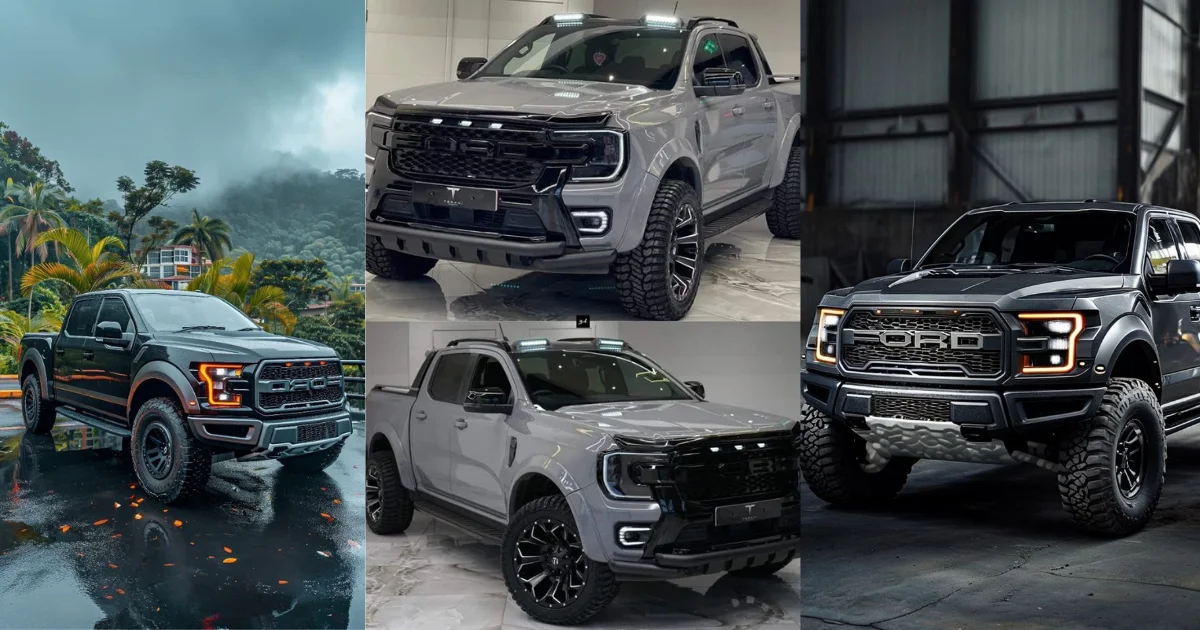Channel your inner Vogue and Confidence!

Buying a car is a significant financial step and for those with less-than-perfect credit, it can feel like an uphill battle. If you’re looking to purchase a Ford and your credit score is holding you back, it’s important to know that you’re not alone—and you still have options. Many dealerships, including Lafayette Ford, specialize in helping customers with bad credit secure financing and get behind the wheel of a reliable vehicle.This guide will walk you through what to expect when buying a Ford with bad credit, how to prepare, what financing options are available, and how you can improve your chances of getting approved without overpaying in the long run.
Credit scores typically range from 300 to 850, and anything below 580 is generally considered “poor” by most lenders. That said, having bad credit doesn’t automatically disqualify you from getting a car loan—it just means the terms may be more limited, and you’ll need to be more strategic in your approach.
Factors that affect your credit score include:
Even if your credit score is on the lower end, dealerships that work with subprime lenders can often help you find financing for Buying a Ford, although it’s important to understand the trade-offs.
One of the most helpful steps you can take before visiting the dealership is to get pre-approved for a loan. This gives you a clearer idea of what price range you should stick to and whether your credit will impact your down payment or interest rate.
When you apply for pre-approval:
Pre-approval also gives you leverage during the buying process because you walk in knowing exactly what you can afford. Some buyers find that dealerships offer financing options that are even better than pre-approved rates, especially if the dealership has strong relationships with subprime lenders.
When buying a Ford with bad credit, your choices may be influenced by what financing options you qualify for. However, there’s still a wide range of new and used vehicles to consider depending on your budget and needs.
Used cars often have lower price points, which means smaller loans and easier approval odds. Certified pre-owned (CPO) Fords offer a balance between affordability and reliability. CPO vehicles are thoroughly inspected and come with warranties, making them ideal for buyers with credit challenges who want long-term peace of mind.
Sometimes, new Fords may be available through special financing promotions or rebate programs aimed at first time or credit challenged buyers. These can be helpful if you’re trying to rebuild your credit and need a reliable, warrantied vehicle.
Models like the Ford EcoSport, Maverick, or Escape often offer lower starting prices, making them attractive options if you qualify for dealership incentives.
When you finance a vehicle with bad credit, your interest rate—also known as the annual percentage rate (APR)—will likely be higher than that offered to someone with good or excellent credit. The goal is to find a loan structure that balances affordability with the opportunity to rebuild your credit over time.
Here’s what to expect
Working with an experienced finance team can help you explore options and avoid predatory lending practices.
A strong down payment can significantly improve your chances of approval and reduce the total amount you need to borrow. Not only does it lower your monthly payments, but it also shows the lender that you’re financially committed.
Tips for saving up your down payment
A larger down payment can also help offset a high interest rate, potentially saving you thousands of dollars over the life of the loan.
If you already own a car—even if it’s not fully paid off—it may have trade-in value that can serve as part of your down payment. Dealers will assess your vehicle’s condition and market value and apply that toward your purchase.
Make sure to:
Trading in a vehicle reduces your loan-to-value ratio and can improve the likelihood of approval, even with bad credit.
Buying a Ford with bad credit isn’t just about getting a car—it’s also an opportunity to improve your financial standing. Auto loans are considered installment credit and can help build a positive payment history when managed responsibly.
To rebuild your credit:
After 12–18 months of on-time payments, many borrowers see substantial improvement in their credit scores. Some lenders even offer refinancing opportunities for lower interest rates once your credit improves.
Unfortunately, not all dealerships or lenders have your best interests in mind. When buying a car with bad credit, it’s essential to avoid traps like:
Always ask for a full cost breakdown, compare multiple lenders and read all paperwork carefully before signing.
Working with a reputable dealership makes a big difference when purchasing a vehicle with bad credit. Established dealers are more likely to:
Dealerships that focus on long-term relationships—not just quick sales—will help you find a vehicle that suits your budget without setting you up for failure.
Having bad credit doesn’t mean you have to settle for a subpar vehicle or get trapped in a bad deal. With the right information and a reliable dealership, you can find a Ford that meets your needs while working to improve your financial future. From knowing your credit score to building a strong down payment and choosing the right financing plan, every step you take can lead to better financial health—and a better driving experience.
By staying informed, asking queries, and working with professionals who understand your situation, buying a Ford with bad credit can become a manageable and empowering journey.
